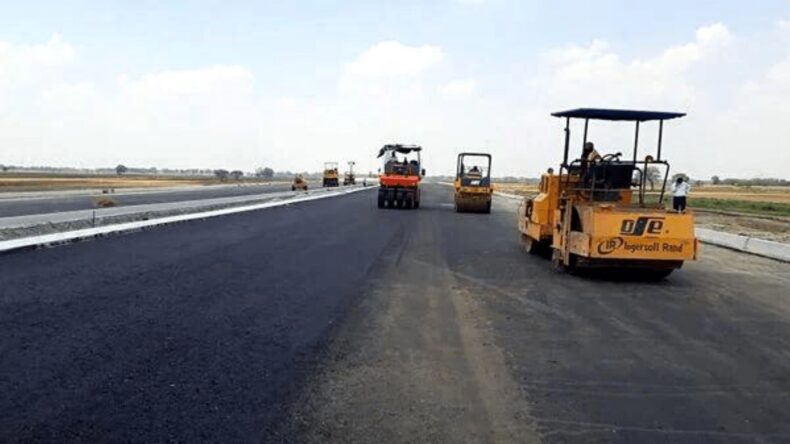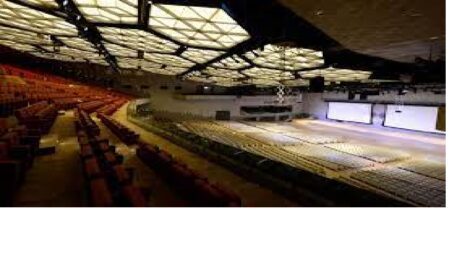It is proposed that the Delhi-Mumbai expressway will link the urban centers of Delhi through the sections of the corridor that run from Delhi to Faridabad to Sonna and through several spur roads to Jewar Airport and Jawaharlal Nehru Port to Mumbai via Mumbai’s spur roads.

A stunning set of photos of the Delhi-Mumbai Expressway has been shared by Union Road Transport Minister Nitin Gadkari on his Facebook page. This set of photos reveals the part of the expressway that runs between Vadodara and Virar.
With a length of 1,380 kilometers, the Delhi-Mumbai expressway will be the longest expressway in India once it is complete. By doing so, Delhi and Mumbai will be able to increase their connectivity.
With the construction of the expressway, the urban centers of Delhi will be interconnected through the section of the corridor connecting Delhi to Faridabad and Sohna. This section will also include a spur to Jewarport and the Jawaharlal Nehru Port. In contrast, Mumbai will be connected through a spur in the Mumbai suburbs.
Delhi-Mumbai Expressway Pictures:

In addition, the expressway, which passes through the six states of Delhi, Haryana, Rajasthan, Madhya Pradesh, Gujarat, and Maharashtra, will improve connectivity between the six states of Delhi, Haryana, Rajasthan, Madhya Pradesh, Gujarat, and Maharashtra, bringing economic prosperity to millions of people in cities such as Jaipur, Kishangarh, Ajmer, Kota, Chittorgarh, Udaipur, Bhopal, Ujjain, Indore, Ahmedabad, Vadodara, Surat, and others.
Over two million trees and bushes will be planted alongside the route as part of NHAI’s dedication to environmental preservation. In order to allow for unrestricted passage of wildlife, the Delhi-Mumbai highway has animal overpasses for the first time in Asia and just the second time in the entire world.

The construction of the Delhi–Mumbai Expressway has employed more than 50 lakh man-days and thousands of trained civil engineers.













